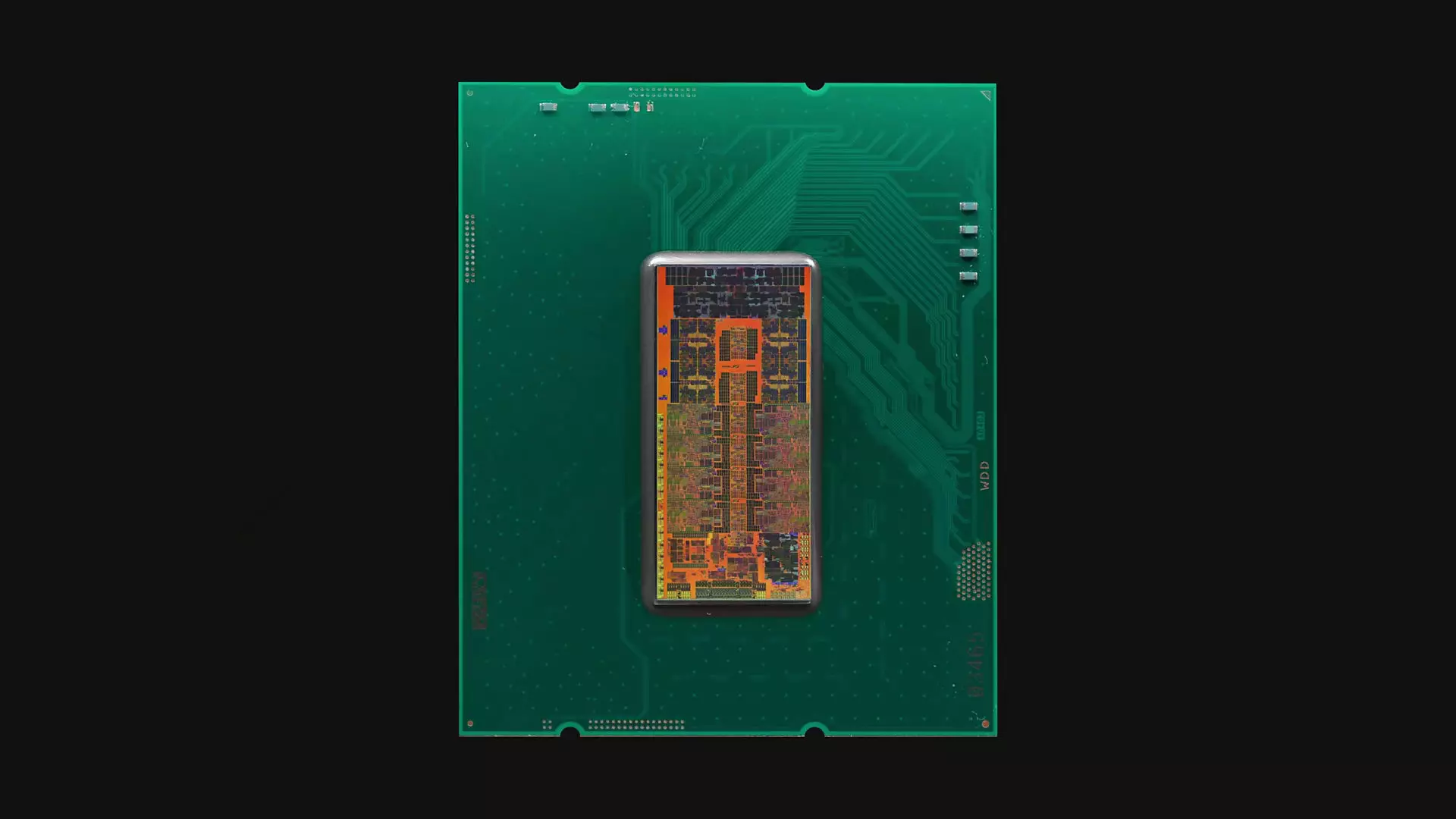In an unexpected twist, Intel has decided to slash the prices of its Arrow Lake desktop processors, specifically the Core Ultra 7 265K and 265KF models, by a staggering 25%. This strategic pricing adjustment comes at a time when gamers are eager for clarity and choice in a somewhat muddled CPU market. Dropping the price of the 265K from $399 to $299 and the 265KF from $384 to $284 opens up new avenues for consumers, especially in the gaming community.
The market reaction to this price shift is notable. Intel’s previous generation, Raptor Lake CPUs, though older, have been flying off the shelves, indicating a sustained interest in Intel’s offerings. The question arises: why would Intel make such a bold price cut on their new Arrow Lake line? Certainly, the competitive climate in the CPU market—marked by AMD’s Ryzen 7 9700X and its strong historical performance—has forced Intel’s hand.
Understanding the Models: What’s in the Numbers?
Both the 265K and 265KF boast impressive specifications, equipped with eight Performance and twelve Efficient cores, along with a turbo speed reaching 5.5 GHz. This core configuration positions them as formidable contenders, especially in multi-core tasks. The 265KF model distinguishes itself by lacking an integrated GPU, which allows for a slightly lower price point but arguably appeals more to gamers who likely rely on discrete graphics.
Given these specs, the Arrow Lake processors provide a compelling opportunity for gamers looking for a balanced CPU that can handle a variety of workloads, including gaming and productivity tasks like video encoding. The value proposition becomes especially attractive when juxtaposed against the Ryzen 7 9700X, which, despite its performance edge in gaming, offers fewer cores—boasting just eight cores and 16 threads.
Performance Parity: Gaming vs. Productivity
When facilitating gaming, the performance gulf between the Intel models and AMD’s Ryzen 7 9700X is slim—sometimes just a 5% variation in frame rates. This puts Intel’s pricing strategy into perspective. If you’re a gamer predominantly focused on performance during play, the differences you’ll encounter may not warrant the additional investment you’d traditionally make in an AMD chip. With the potential for Intel’s future improvements, and significant pricing cuts, the 265K and 265KF models can appear more appealing than AMD’s offerings.
Moreover, Intel’s chips will ultimately shine in productivity-heavy tasks, where their additional cores can unleash serious multitasking capabilities. As multi-threading in games becomes more commonplace, this productivity advantage may sway consumers who seek longevity and versatility from their CPU investment, positioning Intel as a forward-thinking option.
Weighing Risks and Rewards
While Intel’s aggressive pricing strategy is promising, it’s essential to weigh the cautionary tales from their recent technological hurdles. The Arrow Lake CPU family did not launch without its share of issues, which raises valid concerns regarding reliability and support as competition from AMD intensifies. Committing to an Intel CPU, particularly with hybrid architectures, may feel like a gamble for many consumers, particularly when considering the historical performance and reliability of AMD’s products.
Yet, it cannot be denied that Intel is making waves. The hefty price cuts along with a well-structured multi-core design signal an ambition to reclaim lost ground. The potential growth in multi-threaded gaming also aligns with the trajectory of the entire industry. Despite lingering doubts about Intel’s execution, it’s becoming increasingly clear that the Core Ultra 7 models offer something substantial to consider—especially as gamers transition to embrace systems that harness the power of parallel processing.
The overall reception to these price cuts suggests that Intel is poised for a resurgence as a major player in the CPU market. With thoughtful consideration and strategic pricing, they’ve shifted the narrative from merely competing to actually turning heads. As for gamers and content creators alike, taking a closer look at Intel may just be the game-changer they need.


Leave a Reply